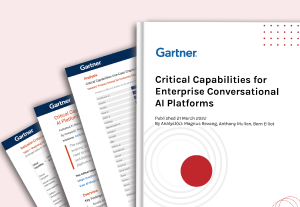- Customer Experience, Design, Design Tools and Software, Team Dynamics, Technology, Technology for the Common Good, Usability, UX Education, UX Magazine
Every organisation is unique and there is no one-size-fits-all solution for digital transformation. But you might be aware that training on digital mind-set and continuous reinforcement go a long way in imbibing a digital culture in the employees. And there are particular critical success factors for digital transformation that might help you in this respect. So what are they? You’re just about to find out!
Article by Sukanya P
Critical Success Factors for Digital Transformation
- Digital transformation requires a complete shift in the organization’s culture and need for a digital mindset, rather than the mere ability to use tools or technology.
- There are 4 key tenets to having a digital mindset:
-
- Customers Obsession
- Agile and iterative development
- Constant collaboration and transparency among teams
- Willingness to take risks
- With the technological evolutions, it is important for employees and teams to be able to experiment with newer ideas and business models without fear of failure and subsequent admonition.
- Training on digital mindset and continuous reinforcement goes a long way in imbibing a digital culture in the employees.
- The author believes teams that operate as digital natives to be better prepared to face the changing dynamics of the business world.
Share:Critical Success Factors for Digital Transformation
Share this link
- June 16, 2022
5 min read







